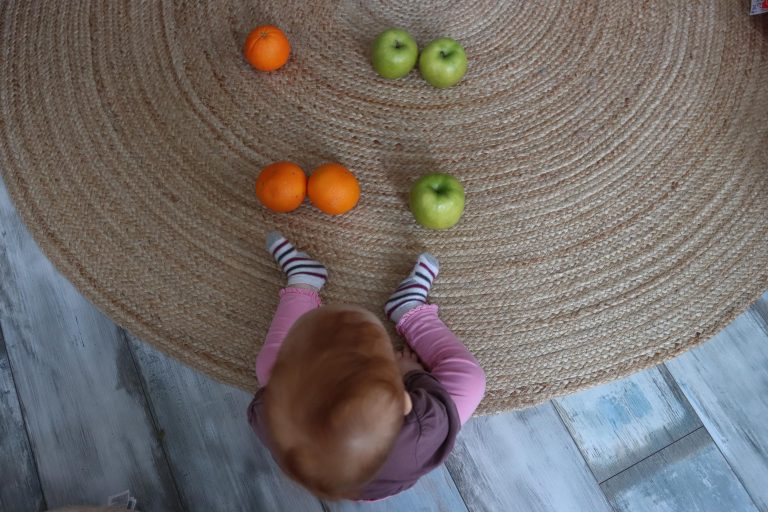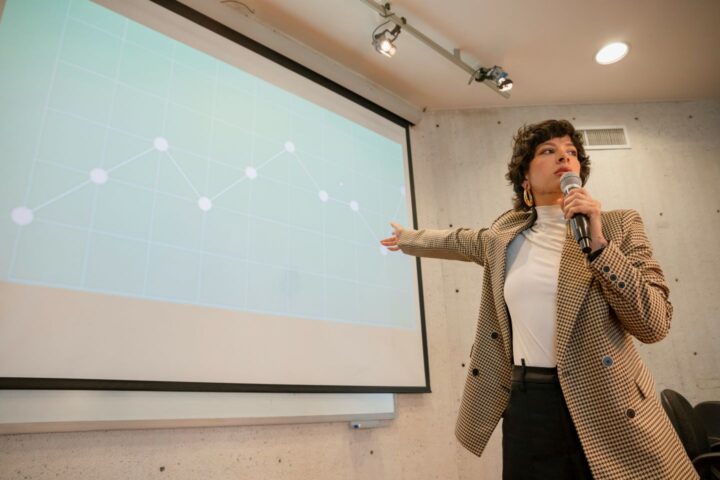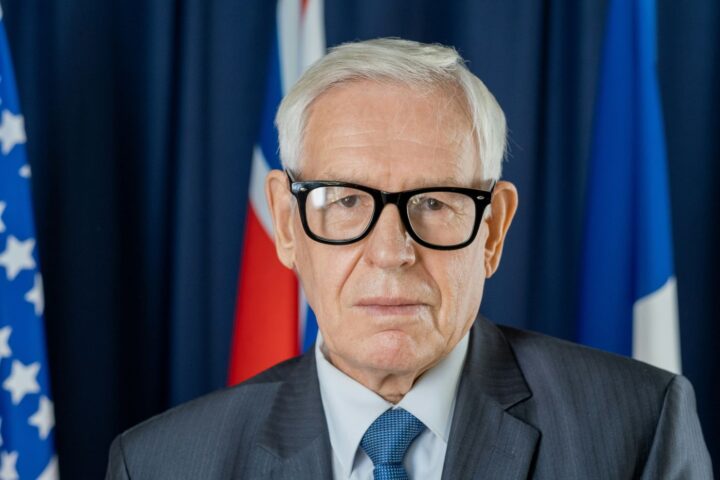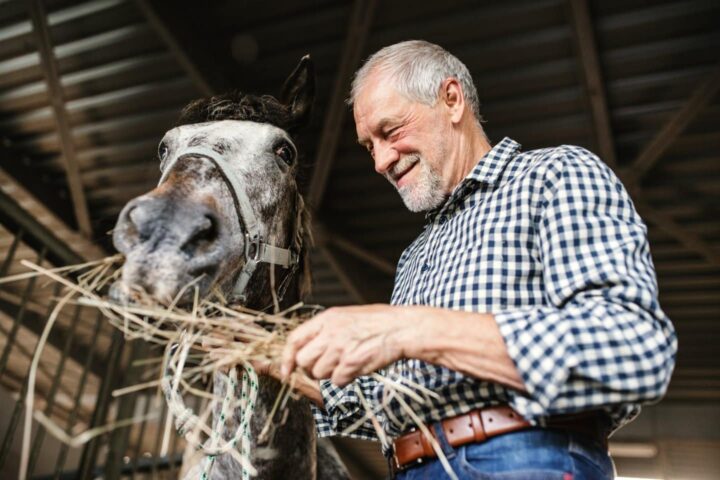New research reveals that babies as young as 12 months exhibit creative thinking, combining simple concepts into complex ideas. This groundbreaking study from the University of Birmingham and Central European University sheds light on the origins of human creativity and its role in language development.
Key Findings:
- Infants can combine novel concepts, demonstrating creative thinking
- Babies learn and apply new words describing quantities (e.g., “mize” for one, “padu” for two)
- Creative combination skills essential for language acquisition and understanding complex ideas
The Study:
- 60 babies, aged 12 months, participated
- Eye-tracking technology monitored infants’ understanding of combined concepts
- Researchers taught babies new quantity words, then tested their ability to apply them
Expert Insights:
“Human creativity knows no bounds… We must go back to the beginning of language acquisition to solve this puzzle.” – Dr. Barbara Pomiechowska
“This ability helps babies interpret complex language and learn about the world.” – Dr. Agnes Kovacs
Implications:
- Early creative thinking lays the foundation for future cognitive abilities
- Understanding infant creativity informs language development and education strategies
Read the Original Study:
“Early-emerging combinatorial thought: Human infants flexibly combine kind and quantity concepts” (PNAS, July 2024)
Share your thoughts: How do you think this research will impact our understanding of infant development and creativity?

















